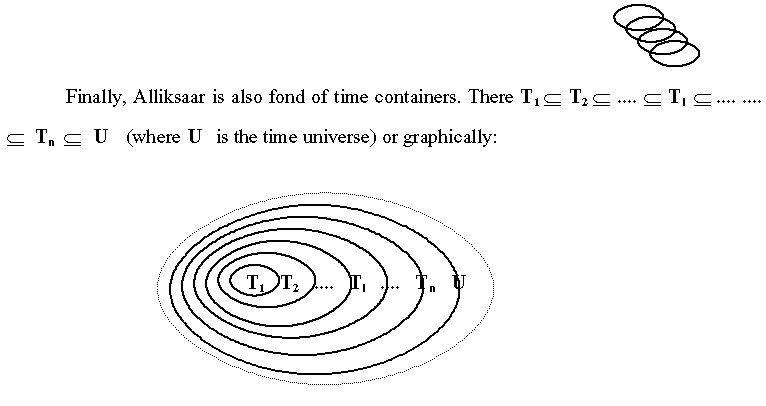In the 1920s the ballad production becomes more active. /---/ A general
lyroepic
situation comes into being /---/. Especially productive are the years 1926-1931
(1927-1930). As a certain parallel one can notice the dramatic conflicts in society
during the Great Depression, from where much of collision flowed into literature.
/---/
M. Under's Eclipse of Happiness (1929) is the masterpiece of the Estonian
poetry. /---/ R. M. Rilke's concept of Weltinnenraum /---/ obtains in Under's
poems the form of a circle, its symbol being a ring or a round lake. The integral
whole is formed of two sides, the man and the woman, who found their fertility on
passing through a death-containing psychic space. If one of them sins against love
on their way, the satanic powers will spoil the whole - a material sin will follow the
mental one. In the opposite case happiness can be gained, although with
reservations. The man and the woman sin equally five times, this does not befall only
in the
Bible-based Mandrakes. The lyric poem Swamp Song symbolizes the
mental morass as a clue. The basic scheme of a Gothic cathedral is being formed:
side-naves and prop-arcs as its body, portal and main way, pulpit (position of
author), altar and belfry:
Mandrakes
Young Lady of Porkuni Leather Merchant Pontus
Child Killer Hobgoblin
Whirlwind Sea Cows
Exchanged Child White Bird
The Birth of Naissaar Island A Travelling Lake
Swamp Song
Just as in the Gothic, Under's stories reflect in details each other and the
integral whole. It seems that through M. Under's Eclipse of Happiness the
Gothic
ballad has reached its historical closure, the absolute comprehension of its essence
(i.e. the dramatic conflict between the lyric and the epic as a cathedral surging up to
altitudes). /---/ With this collection of ballads her talent achieves perfection (Merilai
1991:138-139).






 in
which
i, j = 1 .... n, graphically as follows:
in
which
i, j = 1 .... n, graphically as follows:

